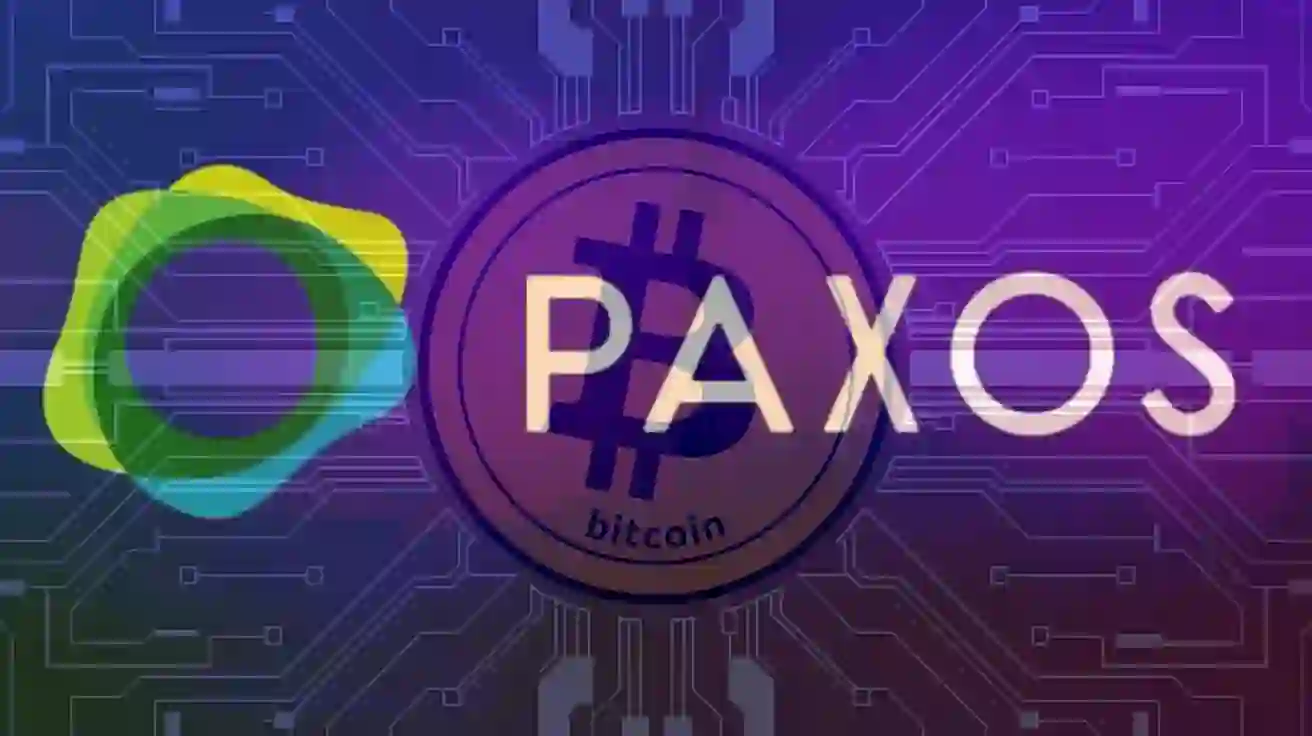The Paxos Standard Token (PAX) is a stablecoin developed and managed by the Paxos Trust Company. Unlike highly volatile cryptocurrencies, PAX is directly pegged to the US dollar, ensuring price stability and reliability. Its primary aim is to merge the advantages of traditional currency with the efficiency and accessibility of digital assets.
Over the years, numerous stablecoins have been introduced, each striving for legitimacy and financial regulatory approval. Paxos, with its strong regulatory backing and transparent operations, has positioned itself as one of the most stable and trustworthy options in the crypto industry. But what sets Paxos apart from other stablecoins? Let’s explore.
Understanding Paxos (PAX)
PAX is an ERC20 token built on the Ethereum blockchain and is entirely backed by US dollars. This means that for every PAX token in circulation, there is an equivalent US dollar held in reserve by Paxos. Like other stablecoins such as USD Coin (USDC), PAX leverages blockchain technology to offer a fast, borderless, and cost-effective means of transferring value while maintaining the reliability of fiat currency.
Because it operates as an ERC20 token, PAX can be integrated with decentralized applications (dApps) and used in smart contracts, further expanding its use cases in the blockchain ecosystem.
The Origins of Paxos
PAX was created by the Paxos Trust Company, a New York-based financial institution with additional offices in London and Singapore. The company is regulated by the New York State Department of Financial Services (NYSDFS), ensuring compliance with strict financial standards. The co-founder and CEO of Paxos is Charles Cascarilla, a prominent figure in the fintech and blockchain space.
Did You Know?
Paxos is the first regulated financial trust authorized to trade digital assets in New York. Its board of directors includes experienced financial leaders, such as a former chair of the Federal Deposit Insurance Corporation (FDIC) and a former US senator.
A Brief History of Paxos
- 2012 – Paxos was established with the launch of its itBit exchange in Singapore.
- 2015 – Paxos became the first company approved by the NYSDFS to offer cryptocurrency-related products and services.
- 2018 – The Paxos Standard Token (PAX) was introduced as a fully USD-backed stablecoin.
Why Paxos Stands Out
Paxos differentiates itself from other stablecoins through its regulatory compliance and transparent financial practices. Unlike some competitors, Paxos undergoes regular audits conducted by independent financial firms to verify that all PAX tokens are fully backed by US dollar reserves. The results of these audits are publicly available on Paxos’ website, which is updated monthly to provide transparency regarding its reserves.
Additionally, all Paxos reserves are held in US-based banks, ensuring protection under FDIC insurance policies. This level of oversight and security enhances Paxos’ credibility and trustworthiness in the crypto market.
Did You Know?
Tether (USDT), the largest stablecoin in the crypto industry, has faced scrutiny and controversy over its reserve backing. Investigations revealed that Tether had only 74% of its tokens backed by cash reserves, raising concerns about its financial stability. Paxos, in contrast, maintains a strict 1:1 backing ratio and ensures full transparency in its financial operations.
How Paxos Issues PAX Tokens
PAX tokens are only minted when new US dollars are deposited into the Paxos system. Each new token is backed by a corresponding dollar held in Paxos’ bank accounts. When a user wishes to redeem their PAX for US dollars, the exchanged tokens are removed from circulation. This system ensures that the supply of PAX tokens remains directly tied to real US dollar reserves.
Unlike some stablecoins that pre-mint tokens, Paxos’ model guarantees that the total supply is always based on market demand and backed by physical currency reserves.
Acquiring and Using PAX
PAX can be purchased and traded on various cryptocurrency exchanges. As an ERC20 token, it is compatible with multiple wallets that support Ethereum-based assets. Users can buy PAX with US dollars through Paxos’ official platform and convert it back to USD at any time.
Practical Applications of PAX
As a stablecoin, PAX serves multiple purposes in the digital economy:
- Payment Solution – PAX can be used for peer-to-peer transactions, offering a stable alternative to volatile cryptocurrencies like Bitcoin and Ethereum.
- Trading and Hedging – Traders often use PAX to protect their portfolios from price fluctuations in the crypto market.
- Decentralized Finance (DeFi) – PAX can be integrated into DeFi applications for lending, borrowing, and yield farming.
- International Transfers – With near-instant transactions and minimal fees, PAX is an efficient way to send money across borders.
The Future of Paxos
As a highly regulated cryptocurrency, Paxos aims to attract institutional investors and financial organizations that are cautious about engaging with the crypto industry. Beyond serving as a stablecoin, the Paxos team envisions using its technology to modernize the settlement of traditional financial assets, including commodities, securities, real estate, and even collectibles like fine art.
Furthermore, Paxos sees an opportunity to provide financial inclusion to unbanked populations worldwide. By offering a stable, accessible digital currency, PAX could help individuals and businesses in regions with limited access to banking services benefit from the advantages of digital finance.
Conclusion
Paxos (PAX) represents a bridge between the reliability of fiat currency and the efficiency of blockchain technology. Through strict regulatory compliance, transparent financial practices, and a secure reserve system, Paxos has positioned itself as one of the most trustworthy stablecoins in the market. As the demand for stable digital assets continues to grow, Paxos is well-equipped to play a significant role in the future of global finance.



